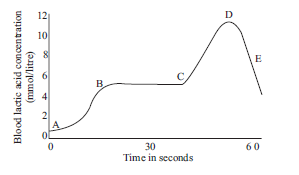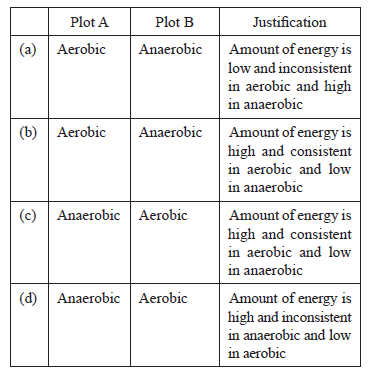Please refer to Chapter 4 Carbon And Its Compound Case Study Questions with answers provided below. We have provided Case Study Questions for Class 10 Science for all chapters as per CBSE, NCERT and KVS examination guidelines. These case based questions are expected to come in your exams this year. Please practise these case study based Class 10 Science Questions and answers to get more marks in examinations.
Case Study Questions Chapter 4 Carbon And Its Compound
Case/Passage – 1
There is a pair of bean-shaped organs P in the human body towards the back, just above the waist. A waste product Q formed by the decomposition of unused proteins in the liver is brought into organ P through blood by an artery R. The numerous tiny filters S present in organ P clean the dirty blood y removing the waste product Q. The clean blood goes into circulation through a vein T. The waste substance Q, other waste salts, and excess water form a yellowish liquid U which goes from organ P into a bag-like structure V through two tubes W. This liquid is then thrown out of the body through a tube X.
Question: What are tiny filters S known as?
Answer
C
Question: What is (i) organ P, and (ii) waste substance Q?
Answer
A
Question: Name
(i) liquid U
(ii) structure V
(iii) tubes W, and
(iv) tube X.
Answer
D
Question: Name (i) artery R, and (ii) vein T.
Answer
B
Case/Passage – 2
All living cells require energy for various activities. This energy is available by the breakdown of simple carbohydrates either using oxygen or without using oxygen.
Question: The graph below represents the blood lactic acid concentration of an athlete during a race of 400 m and shows a peak at point D.
Lactic acid production has occurred in the athlete while running in the 400 m race.
Respiration in athletics
The blood of an athlete was tested before, during and after a 400m race:

Lactic acid production has occurred in the athlete while running in the 400 m race. Which of the following processes explains this event?
Which of the following processes explains this event?
(a) Aerobic respiration
(b) Anaerobic respiration
(c) Fermentation
(d) Breathing
Answer
B
Question: Study the graph below that represents the amount of energy supplied with respect to the time while an athlete is running at full speed
Choose the correct combination of plots and justification provided in the following table.

Answer
B
Question: The characteristic processes observed in anaerobic respiration are:
(i) presence of oxygen
(ii) release of carbon dioxide
(iii) release of energy
(iv) release of lactic acid
(a) (i), (ii) only (b) (i), (ii), (iii) only
(c) (ii), iii), iv) only (d) (iv) only
Answer
C
Question: Energy in the case of higher plants and animals is obtained by
(a) Breathing
(b) Tissue respiration
(c) Organ respiration
(d) Digestion of food
Answer
B
Question: Study the table below and select the row that has the incorrect information.
Aerobic Anaerobic
(a) Location Cytoplasm Mitochondria
(b) End Porduct CO2 and H2O Ethanol and CO2
(c) Amount of ATP High Low
(d) Oxygen Needed Not needed
Answer
A

